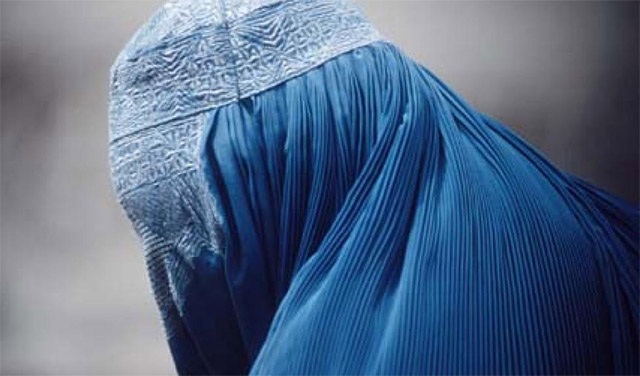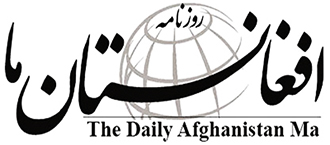Gender discrimination has been widely practiced in Afghanistan and curtailed the freedoms of women in one way or another. The past patriarchal systems and misogynistic views left little or no room for women to participate in social, political, or economic spheres. Women were subject to harsh treatment and negative mindset.
Afghan women suffered gender discrimination throughout the history and paid heavy sacrifice in this respect. They were treated with humiliation and their social and political role was curtailed on a large scale. Deadly conflicts and civil unrest sidelined women from social and political life and they were not able to participate in political decision-making.
To view the history of Afghanistan, Afghan women were highly prone to gender discrimination. Traditional culture and patriarchal systems hampered their progress and social activities. Their rights and liberties were flagrantly trampled upon simply for being women. Women’s rights and dignity did not carry much weight for rulers and their men, who exploited them sexually.
It should be noted that the freedoms of women encountered many ups and downs in Afghanistan and a number of kings also sought to liberate women from traditional culture and stereotypical mindset. For example, during the last decade of Muhammad Dawud Khan’s premiership, in late 1950s, the voice of Afghan woman was heard from the radio and then a woman’s song was released for the first time. Wearing burqa (a head-to-toe covering) was declared non-obligatory and the door of schools were opened for them. Similarly, the last decade of King Muhammad Zahir Shah’s regime was known as the “decade of democracy” or the “decade of constitution”. In this decade, the constitution of Afghanistan was amended by Loya Jirga (Grand National Assembly) and was known the best constitution in the history of Afghanistan and more democratic than the constitutions of the neighboring countries. This constitution stated in article 25 that all Afghans had equal rights and responsibilities before the law without any discrimination or distinction. Based on this constitution, which had great influence on Afghan current constitution, both man and woman were allowed to participate in parliamentary election, which helped women to play their role in political sphere. Subsequently, four women were elected as MPs and two others were appointed by King in the Upper House of parliament. Likewise, with the modernization of King Amanullah Khan, women were able to exercise their rights and freedoms equally with men. They were allowed to get education and play their social, political and cultural role without barriers. In the constitution approved during his regime, both men and women were considered equal and there was no gender discrimination. Moreover, he founded two schools for women and also launched a magazine for them. His regime also abolished the system of child marriage.
Nonetheless, a number of people, who practiced traditional mindset,found women’s freedoms in conflict with traditional culture and pressured King Amanullah to stop the movement. The King was widely condemned for his practices which triggered the public sensation. Subsequently, the people revolted against his regime that led to its collapse, which re-paved the way for the restriction of women’s rights and freedoms.
Subsequent to such issues, the social and political role of women declined in Afghanistan once more. The doors of schools were closed and women were coerced to stay within the four walls. Cultural restrictions, tribal custom, and patriarchal structure did not let them play their role freely or exercise their human rights the same as men did. The fact is that women were treated inferior to men in the past culture of the country.
Decades of war and violence also narrowed the room for women to play their role or exercise their rights and liberties as members of the society. For example, the Taliban inflicted untold sorrow and indescribable pain and sufferings upon Afghan women. They treated women as pariahs and their radical ideology and misogynistic views could not tolerate women’s presence in social, political, or economic spheres. They bore the brunt of violence during the Taliban’s regime. In short, the issue of women had its ebbs and flows in the history of the country and Afghan women were frequently discriminated on the basis of their gender.
Although men and women are equal constitutionally in the post-Taliban Afghanistan, Afghan women still suffer from gender discrimination and fall the victim of violence. The ongoing domestic violence against women and desert courts where they are tortured are the clear examples of sexual discrimination. To mitigate violence against women, the state must implement the constitution thoroughly and punish the violators of women’s rights as it is stipulated in the law.
Home » Opinion » The Fluctuation of Women’s Rights and Freedoms in Afghanistan
The Fluctuation of Women’s Rights and Freedoms in Afghanistan
| Hujjatullah Zia

